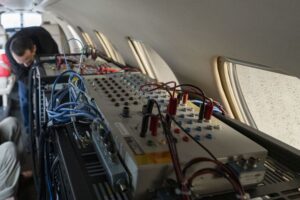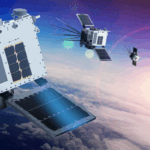
Last month, Northrop Grumman [NOC] flight tested a prototype of the company's LN-351 modernized Global Positioning System (GPS) military code (M-code) capable receiver, Northrop Grumman said on June 27th. The flight came aboard a Textron [TXT] Cessna Citation 560 testbed aircraft under the DoD Embedded GPS/Inertial Navigation System Modernization (EGI-M) program. "It is the first time that EGI-M, equipped with an M-code capable receiver, has been tested in flight," Northrop Grumman said. Ryan Arrington, Northrop Grumman's vice president of navigation…














